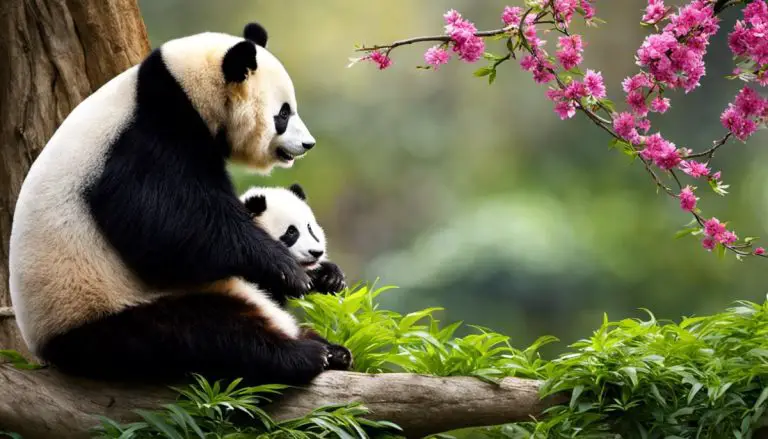Over the years, pandas have occupied a cherished place in public imagination both in the East and West. These black-and-white mammals are often recognized by their playful spirit and friendly demeanor, drawing millions of people to zoos worldwide. In addition to this, what makes each panda even more special is their unique name, often bestowed upon them with a lot of thought and meaning. In this context, we’ll explore a selection of the most famous panda names and the endearing translations behind them.
Bei Bei
A Special Naming Ceremony for a Precious Panda
When Bei Bei was born at the Smithsonian’s National Zoo in 2015, he wasn’t just given any name. This panda cub was privileged to be named by none other than the First Lady Michelle Obama and Madame Peng Liyuan, the wife of the Chinese President. Reflecting China’s longstanding panda diplomacy, this naming ceremony underscores the cooperation and friendship between the United States and China.
The Meaning of Bei Bei
The name Bei Bei is quite symbolic, translating to ‘precious treasure’ in Chinese. Both Michelle Obama and Madame Peng Liyuan believed that this meaningful name truly represented the preciousness of this panda cub, not just for the zoo, but as a symbol of the ever-growing bond between the two nations.
Bei Bei’s Journey
Born in Washington DC, Bei Bei captured hearts locally and globally with his playful antics and adorable looks, adding to the ever-growing fascination with these endangered animals. As per the agreement between China and the U.S., Bei Bei, like any other panda cubs born in the U.S., was meant to be transported back to China upon reaching the age of four. In November 2019, Bei Bei embarked on a journey to China, where he now resides, adding a little bit of extra ‘preciousness’ to his name.
The Legacy of Bei Bei the Panda
Even though Bei Bei is no longer in U.S. soil, his charm and playfulness will forever remain a symbol of commitment and collaboration between two mighty nations. The name ‘Bei Bei’ will continue to ring a bell, representing a ‘precious treasure’ that continues to bind the United States with China, an enduring tale of friendship amid the beauty of nature.

Bao Bao
Who is Bao Bao?
Bao Bao is one of the fortunate panda cubs to be born and survive on American soil, cementing her presence in the rich history of wildlife conservation efforts in the USA. This charismatic and adorable giant panda was born on August 23, 2013, in the Smithsonian National Zoo in Washington, D.C. An instant sensation, her every move was eagerly watched and recorded by an enthralled public and meticulous zookeepers.
What’s in a name: Bao Bao’s Significance
The name Bao Bao in Chinese carries deep sentiments and a treasure trove of affection. The words translate to English as ‘treasure’ or ‘precious,’ a fitting epithet for this extremely cherished panda cub. As if to underline her significance, this wonderful name was not decided in haste. In a long-held Chinese tradition surrounding the naming of pandas, her name was chosen 100 days after her birth. The Smithsonian National Zoo honored this tradition with a public voting event, and the name Bao Bao, out of several options rooted in Chinese cultural and natural symbolism, emerged a clear winner.
Bao Bao’s Family Connection
Bao Bao shares an enduring sibling bond with another famous name in the panda world: Bei Bei. Born two years after Bao Bao, Bei Bei also became a favorite among the public, and his name echoes the panda diplomatic legacy between China and the U.S, as it means ‘precious, precious’ in Mandarin. This reciprocal fondness embodied in their names marks the inextricable link between the panda siblings, even as they lead their lives continents apart today.
The Conservation Effort: More than just a bear
Bao Bao’s successful birth and survival in a country foreign to her species’ origin underscore the concerted conservation efforts made to safeguard the vulnerable giant panda population. With pandas being symbols of peace and cooperative diplomacy between the U.S and China, Bao Bao, just like her brother Bei Bei, embodies much more than genetic success. Her fame is an illustration of the shared interest and responsibility in the conservation of endangered species, a commitment that transcends national boundaries.
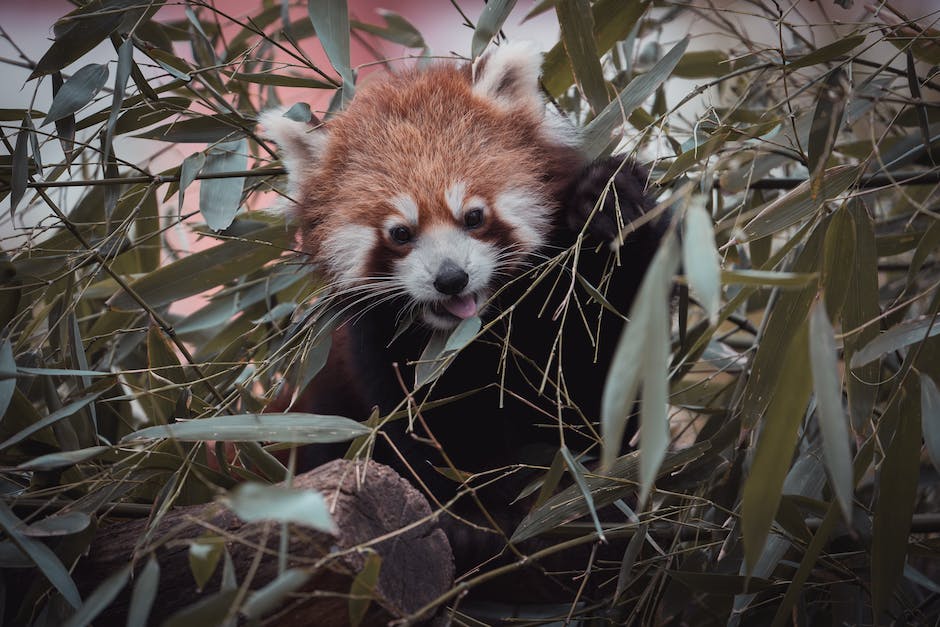
Ling Ling
All About Ling Ling: The Darling of Ueno Zoo
Ling Ling is a widely recognized unisex panda name that, in translation, stands for ‘darling’ or ‘cute.’ However, the most popular bear to bear this name was, in fact, a male who resided at Tokyo’s Ueno Zoo.
This particular Ling Ling found a place in the hearts of many as Tokyo’s beloved resident and solitary giant panda. His enchanting personality and playful mannerisms garnered him a huge following of both locals and tourists alike, making him a beloved symbol in Tokyo’s Ueno Zoo’s history.
Indeed, Ling Ling’s fame reached international proportions. He made headlines when China sent him as a symbol of friendship to Japan in 1985. Over the years, he continued to win over the public and retained his status as one of the most visited animals at the Ueno Zoo.
Inherently social and playful, Ling Ling’s antics have provided joy and laughter to millions over the years. His life was filled with bamboo snacks, a comfortable habitat, and a plethora of enrichment activities, not to mention the countless adoring gazes from onlookers that only seemed to spur on his antics.
In the later part of his life, Ling Ling spent some time travelling, including a notable stint in Mexico City’s Chapultepec Zoo, whilst taking part in an international breeding program.
Sadly, Ling Ling passed away in 2008, marking the end of an era for Japan, as he was the sole giant panda in their country at the time. His loss was profoundly felt among the zoo visitors and staff who had formed a special bond with him, and he continues to be a cherished memory within the zoo history.
Thus, Ling Ling is not merely a popular panda name; it represents a treasured creature who was adored by millions during his lifetime. His memory continues to inspire adoration for the endangered giant pandas, reminding us of the deep connections humans can form with the world’s most vulnerable species.

Hua Mei
Symbolism in a Name: Hua Mei
As a charismatic representative of the cooperative wildlife conservation efforts between two nations, the name ‘Hua Mei’ encapsulates much more than just personal identity for a panda. Translated as ‘China USA’, the name is derived from combining ‘hua’ (China) and ‘mei’ (America). The choice of name serves as a symbolic representation of the collaborative relationship between the United States and China in the conservation of these endangered species.
Historic Birth: A Survival Milestone
Hua Mei was the first surviving giant panda born in the United States, an achievement that marks her place in the history of panda conservation. Her birth was a testament to the meticulous and dedicated efforts made by researchers, veterinarians, and conservationists. The event was celebrated as a significant step forward in the ongoing endeavor to encourage successful panda breeding outside their native homeland.
Remarkable Impact: Beyond Her Historic Birth
Although the historic significance of Hua Mei’s birth is undeniable, her influence extends beyond that milestone. Hua Mei has contributed to the species’ survival by giving birth to ten cubs by 2012, thus boosting the population of captive pandas. Remarkably, all of her offspring have survived, contributing to the continuing increase in the panda population that once teetered on the brink of extinction.
Cultural Diplomacy: A Beautiful Manifestation
Symbolizing a unique blend of cultures through her name, Hua Mei is more than just a panda; she represents a successful model of international collaboration focused on environmental and conservation issues. Her existence and contribution to her species’ survival underscore the power of such diplomacy and how mutual respect and cooperation between nations can lead to significant milestones in global conservation.
Philanthropy: A Call for Greater Conservation Funding
The cute and cuddly appeal of pandas, intensified by success stories like Hua Mei’s, has generated considerable interest in these creatures worldwide. This newfound popularity and intrigue in the species have amplified calls for increased conservation funding for pandas, and more broadly, for all wildlife. The story of Hua Mei serves as a reminder to everyone of the importance of supporting efforts aimed at preserving our planet’s biodiversity.

Tai Shan
A Symbol of Peace: Tai Shan
Born on July 9, 2005, at the Smithsonian’s National Zoo in Washington DC, the adorable spectacle named Tai Shan took to instant popularity. Tai Shan, directly translating as ‘Peaceful Mountain’ in English, is a fitting homage to the calm and serene nature of pandas and the mountainous regions they inhabit in China.
The birth of Tai Shan was a significant event marking both a victory in panda conservation efforts and a hopeful symbol of the tightening ties between China and the United States. More than that, he captured the hearts of thousands of people who flocked to see him, drawn by his playful antics and agreeable demeanor.
The Naming Process: An Exercise in Democracy
The name Tai Shan was chosen through a public voting system and presented by the China Wildlife Conservation Association in accordance with Chinese tradition. Wherein, the panda cub is named after it is 100 days old, symbolizing that they have survived through the delicate and hazardous first few months of their life. During this public poll which drew over 202,045 votes, the name Tai Shan emerged as the winner, a testament to his serene disposition and majestic habitat.
Tai Shan: The Global Sensation
A testament to Tai Shan’s popularity is his nickname, ‘Butterstick’, coined by his ardent online followers, attributing the buttery yellow color he possessed soon after birth. Often, Tai Shan was a source of comfort and joy to the American people, uplifting national spirits through his innocent play and humorous antics.
The intersecting interest in Tai Shan transcended borders. His departure to join other pandas in China, adhering to an agreement between the U.S and China, was met with heartfelt fanfare and bittersweet goodbyes, indicating how much joy and peace Tai Shan brought to the American people. Today, lover of Tai Shan can keep up with his life online, following updates from his current home, Bifengxia Panda Base, managed by the China Conservation and Research Center for the Giant Panda.
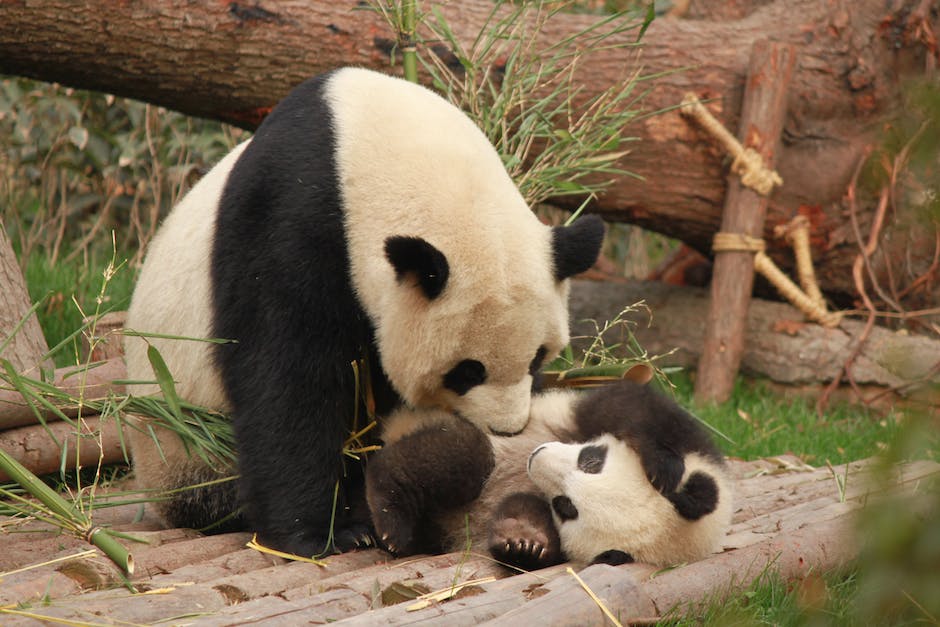
Gao Gao
Meet Gao Gao: The Patriarch Panda
Gao Gao, his name aptly translating to ‘big big,’ is considered one of the most prolific panda fathers within captivity. The San Diego Zoo is his current home and is known worldwide for the number of offspring he has sired. His name packs a powerful punch, not just in translation, but in his contribution to his species.
Importance in Conservation
Gao Gao’s impressive genealogical contribution is a boon to panda conservation efforts. As a successful sire, his genetics are essential to broadening the gene pool of pandas living in zoos, breeding centers, and conservation areas all over the world.
Life Journey: From China to America
This impressive panda was initially found as a young cub, rescued in China’s mountainous region after being left injured and alone. Brought to the San Diego Zoo in 2003, Gao Gao quickly became iconic for his strength and resilience, reflecting his rough beginnings.
The Legacy of Gao Gao
As of 2021, Gao Gao is a proud father to five offspring, all of whom live in various zoos across the world. These young pandas carry forward his lineage, becoming symbols of continued survival for the endangered species.
Life Beyond Breeding: Education and Awareness
Apart from his breeding contributions, Gao Gao plays a significant role in promoting awareness about the plight of wild pandas. He has consistently been an attraction for visitors, opening a dialogue about conservation needs and efforts for pandas. His presence gives a tangible face to the needs of his species, building empathy and emotional connection with the people who come to see him.
Gao Gao’s Health and Well-being
Despite the health challenges Gao Gao has faced, including heart issues and cancer, he continues to make a meaningful contribution. He is well cared for by the staff at the San Diego Zoo, received dedicated medical treatment, and specialists monitor his health closely to ensure his continued well-being. His fighting spirit and tenacity have made him a mascot for survival and resilience within his species.
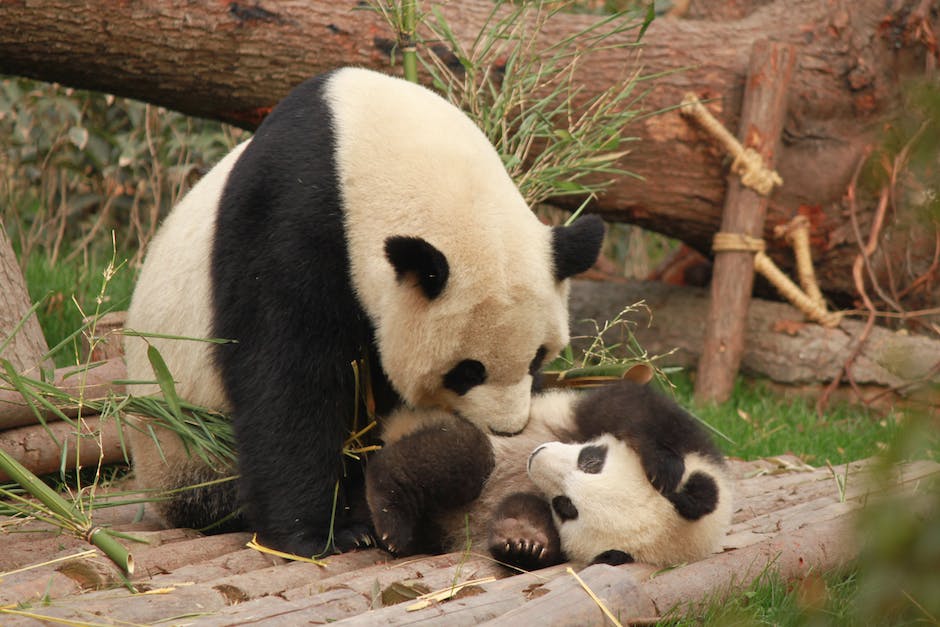
Mei Xiang
A Poll-Picked Panda: The tale behind Mei Xiang
Aptly named, Mei Xiang, which translates to ‘beautiful fragrance’ in Mandarin, is a beloved figure of admiration and adoration when it comes to the world of giant pandas. But her name isn’t just a beautiful moniker; it underlines the strong bond that binds her to the wider public.
The National Zoo in Washington D.C., looking to foster a unique connect between the public and these wonderful animals, decided to do something interesting. They set up a public online poll. This poll wasn’t about determining the exhibit timings or suggesting additions to the enrichment items for the pandas. It was for something far more personalized. The poll was an opportunity for the public to be directly involved in selecting the name for the giant panda.
The name Mei Xiang won this poll, standing tall among other contenders, echoing the public sentiment and their admiration for this captivating creature. In the rigid Mandarin linguistic rules, the name carries a subtle connotation that goes beyond its simple translation. It gestures at quiet elegance, an ethereal charm, and an alluring aura – much like the pandas themselves.
Today, Mei Xiang is more than a name; it’s symbolic of the love and fascination people have for these black and white furballs. It shows the public’s active involvement in making the pandas a part of their community, illustrating that the names we give to these animals matter, as they are representations of our collective bond with them.
So, Mei Xiang it is, a fragrance that is beautiful and a name that symbolizes a shared commitment to these enigmatic creatures’ conservation.
Panda Diplomacy: More than just a furry face
Mei Xiang isn’t a standalone example of the public’s enthusiasm for panda naming. She’s a part of a larger narrative highlighting the role of these magnificent creatures in fostering international relations. Dubbed ‘panda diplomacy’, pandas’ significance stretches far beyond their cute and cuddly exterior.
The act of naming, as with Mei Xiang, becomes a cultural exchange between countries and their people. It’s a means of establishing communication, expressing respect, and developing understanding. Mei Xiang, with her name that carries such aesthetic and emotional weightiness, is therefore not just a panda residing in the National Zoo – she’s an ambassador of peace, culture, and shared global responsibility for the preservation of biodiversity.
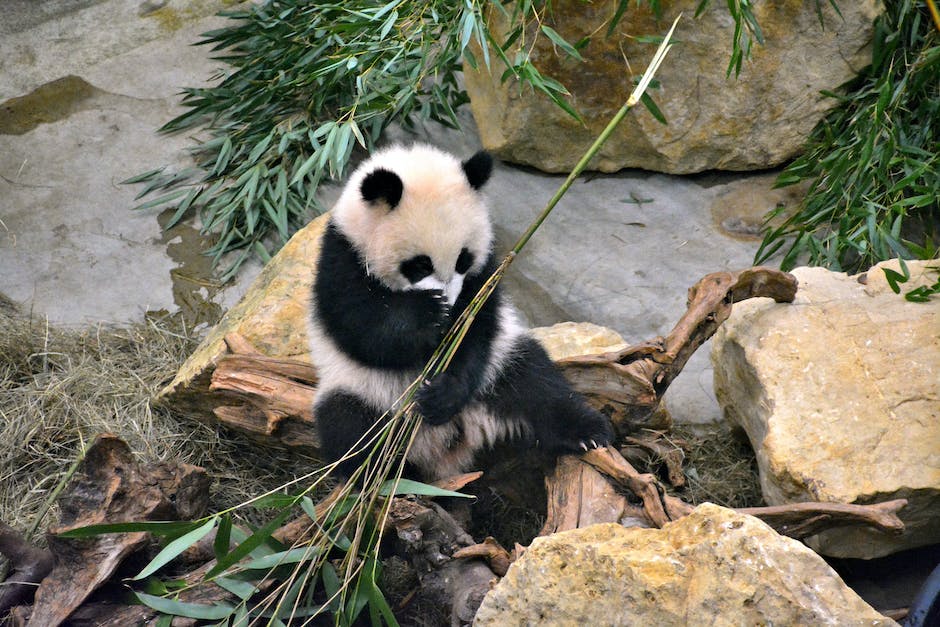
Mei Lan
Meet Mei Lan: A Beautiful Orchid of the Panda World
Blessed with the allure of her enchanting name, Mei Lan, translating to ‘beautiful orchid,’ is a distinct addition to the panda cohort. Born in Zoo Atlanta, this endearing creature quickly became an adored member of the local and international panda community. Her name indeed mirrors her delicate charm and mesmerizing persona, prompting visitors and staff alike to revel in her captivating presence.
Living up to the expectations of her vibrant name, Mei Lan’s early days were filled with playful energy and a remarkable curiosity that continues to this day. This unforgettable panda is known for her dynamic personality, captivating the hearts of onlookers and forever remaining an integral part of Zoo Atlanta’s history of being a home to some of the world’s most unique and extraordinary creatures.
However, Mei Lan is not just another cuddly face in the crowd. On the contrary, her survival and development are essential evidence of successful conservation efforts pursued by Zoo Atlanta, which has been instrumental in the study and preservation of giant pandas. Mei Lan, the ‘beautiful orchid,’ continues to bloom, reflecting the successful endeavors of her caretakers.
Her existence in the zoo also presents an incredible opportunity to educate visitors on the plight of these endangered species, inspiring a collaborative endeavor in conservation. Deeper than her charming exterior, Mei Lan effectively bridges the gap between humankind’s consciousness and the urgent need for species protection, transforming her into a mascot for giant panda conservation.
Mei Lan: Not Just A Name
In more ways than one, Mei Lan resonates with her meaning ‘beautiful orchid’. Mirroring the rare and exotic appeal of an orchid, she stands as a symbol of the continuous effort to nurture and protect her species from extinction. Embodying grace, fortitude, and resilience, Mei Lan is more than a panda – she is a living testament to the tenacity of life, radiating her species’ story with every breath.
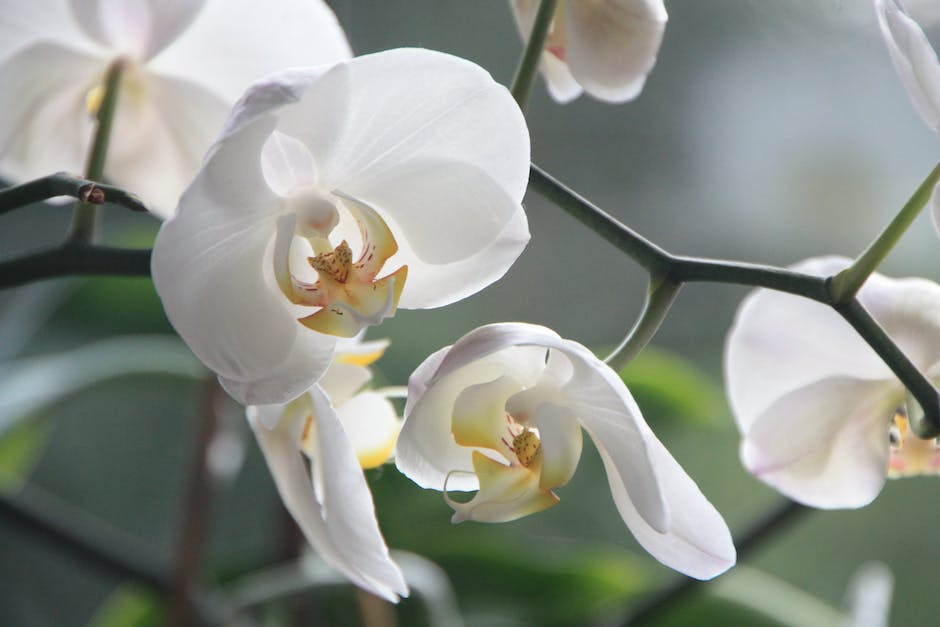
Yuan Zi
Meet Yuan Zi: The Chubby Heartthrob at Beauval Zoo
Yuan Zi, a panda whose name translates to ‘chubby’ in English, resides in the renowned Beauval Zoo in France. Known for his amiable demeanor and constant appetite, Yuan Zi is a beloved attraction for all those who visit the park. His jolly and rollicking personality closely resembles his name, as he is often found eating bamboo or playfully rolling in the grass.
Yuan Zi: An Iconic Resident
Yuan Zi became an exceptional inhabitant of Beauval Zoo. What makes him even more special is the fact that he is part of a rare species. The panda bear, native to China, is famously known for its distinct black and white coat. Yuan Zi, with his charismatic personality and distinctive appearance, has managed to capture the hearts of adults and children alike.
The Irresistible Chubbiness of Yuan Zi
The irresistibly chubby Yuan Zi is well-fed on a diet of bamboo, the primary food source of pandas. He consumes about 30 to 38 pounds of bamboo a day. This high fiber diet helps him maintain his health and perpetuates the ‘chubby’ persona for which he is beloved. His well-rounded physical appearance is simply an indication of good health and is attractive to visitors who watch him munching away.
Yuan Zi: Sparking Awareness
Not only is Yuan Zi a joy to watch but his presence in Beauval Zoo also ties back into a greater cause. Now considered a vulnerable species due to shrinking habitats, pandas like Yuan Zi play significant roles in sparking awareness about these beautiful creatures’ conservation needs. Visitors to Beauval Zoo get to appreciate the captivating sight of Yuan Zi while learning about the necessity of conserving his natural habitat.
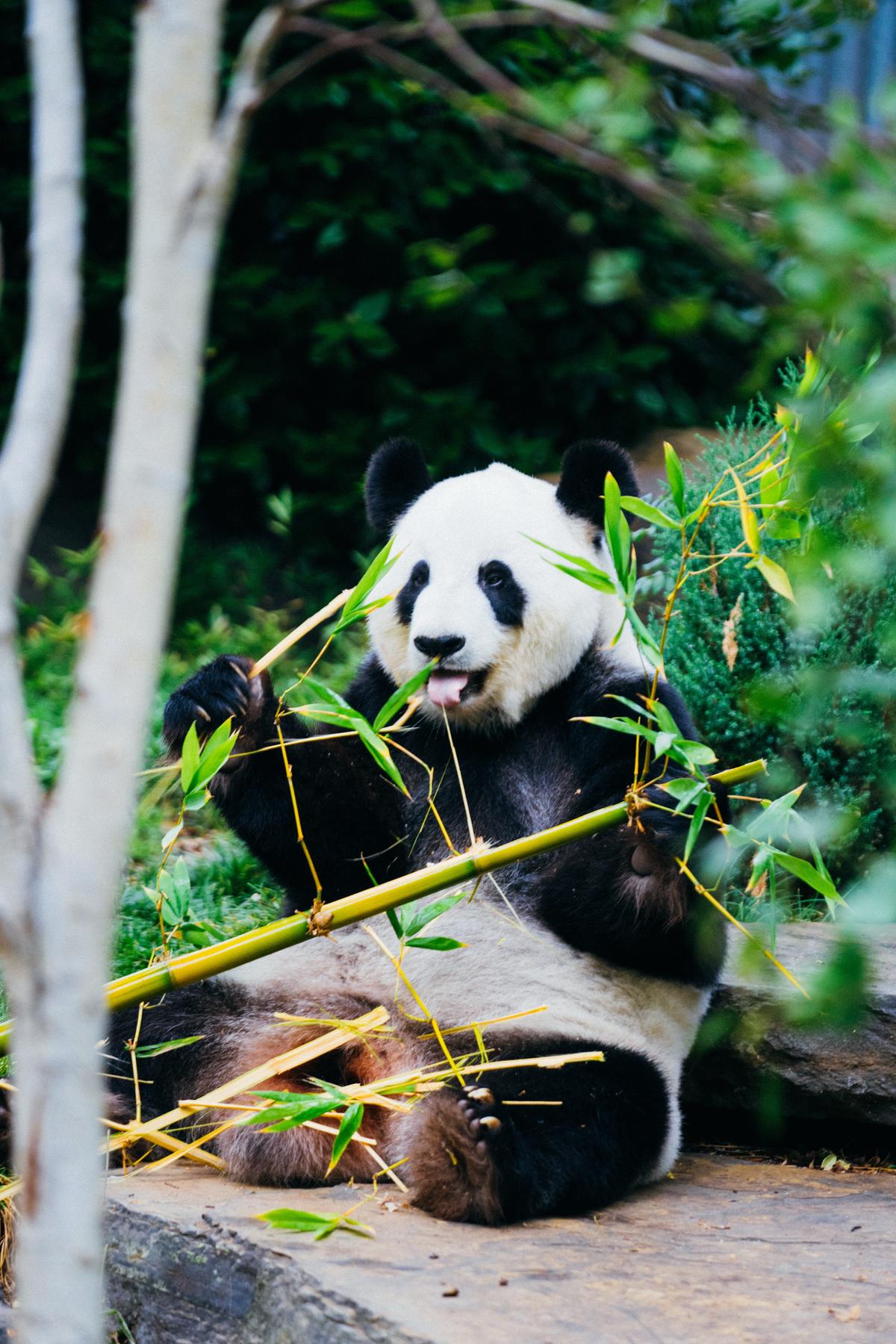
Photo by jaywennington on Unsplash
Lun Lun
A Sweet Name for a Lovely Panda
Born in a Panda Research Base in Chengdu, China, before her arrival at Zoo Atlanta in 1999, Lun Lun was lovingly named by her caregivers. Her name, which translates to ‘girl’ in Mandarin, was beautifully apt for the charming giant panda. The moniker Lun Lun exudes a certain gentleness and femininity befitting her species, known for their docile nature.
Fame and Conservation
As one of Zoo Atlanta’s most beloved animals, Lun Lun has not only won the hearts of visitors but also plays a crucial role in conservation efforts. Her participation in the Species Survival Plan, undertaken by zoos worldwide to help protect endangered animals, has resulted in several successful pregnancies, contributing significantly to the preservation of her species.
A New Generation Brought Forth by Lun Lun
Lun Lun’s legacy doesn’t stop with her; she is also known as the mother of twins. She made headlines in 2013 by giving birth to Mei Lun and Mei Huan, the first panda twins born in the United States since 1987. Thus, Lun Lun’s name is associated not only with her charm and popularity but also with the survival and propagation of giant pandas.
Lun Lun: A Symbol of Sino-American Cooperation
Like all giant pandas in American zoos, Lun Lun is here as part of a long-term loan from China, symbolizing the cooperative relationship between the U.S. and China in the realm of wildlife conservation. This friendly exchange not only educates the public about these endangered animals but also provides opportunities for scientific research and conservation initiatives. Therefore, Lun Lun’s name carries in it the spirit of international solidarity in the pursuit of a shared goal.
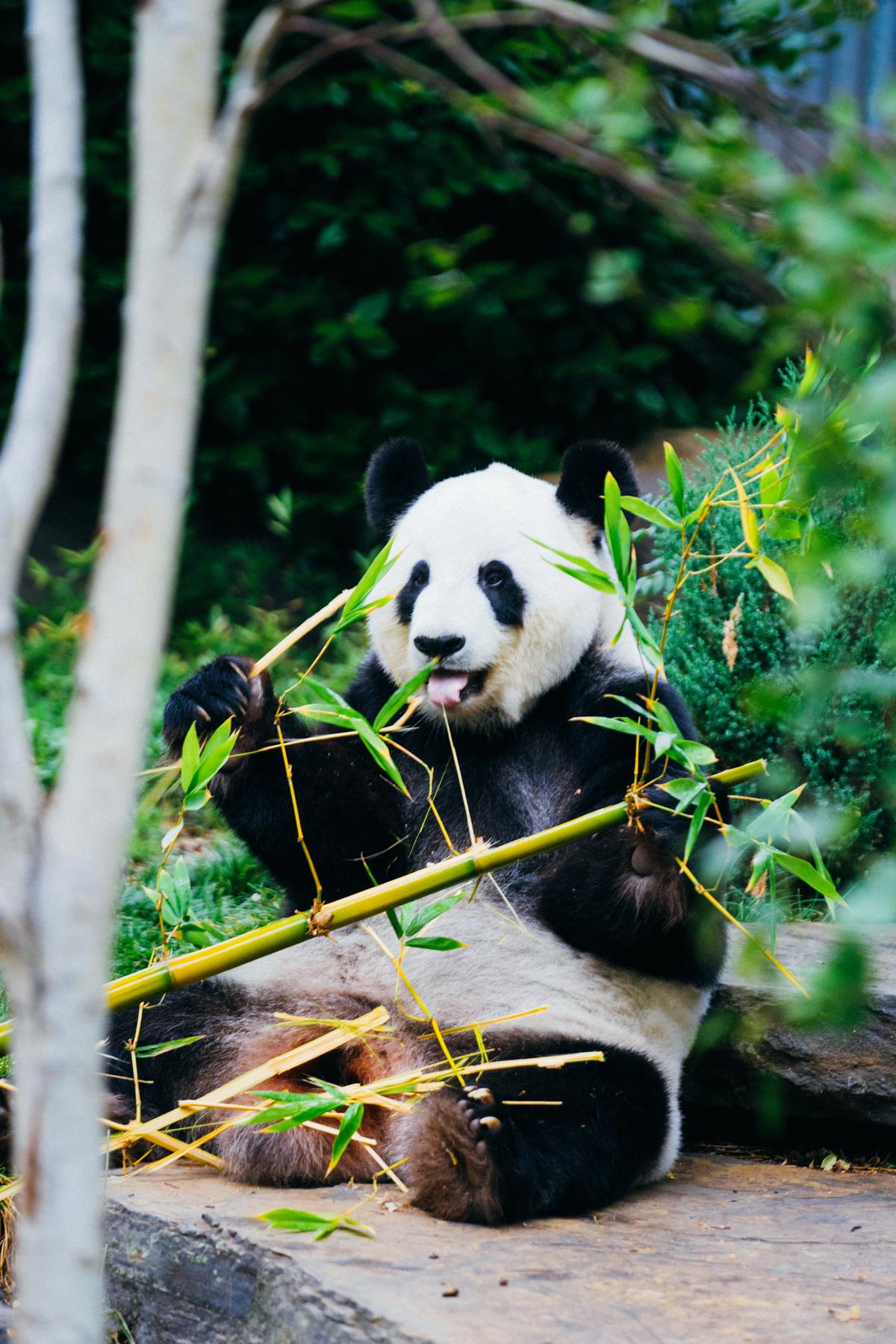
Photo by jaywennington on Unsplash
Through exploring these well-loved pandas and the meanings behind their names, our affection for them only grows stronger. The names reflect not only their individual personalities but also the relationship between countries and the hopes for these incredible animals. Each panda plays a pivotal role not only in terms of providing entertainment at their respective zoos but also by aiding in the conservation of this endangered species. From ‘precious treasure’ to ‘peaceful mountain’, these pandas continue to symbolize love, peace, and hope – truly representing the power of naming.

